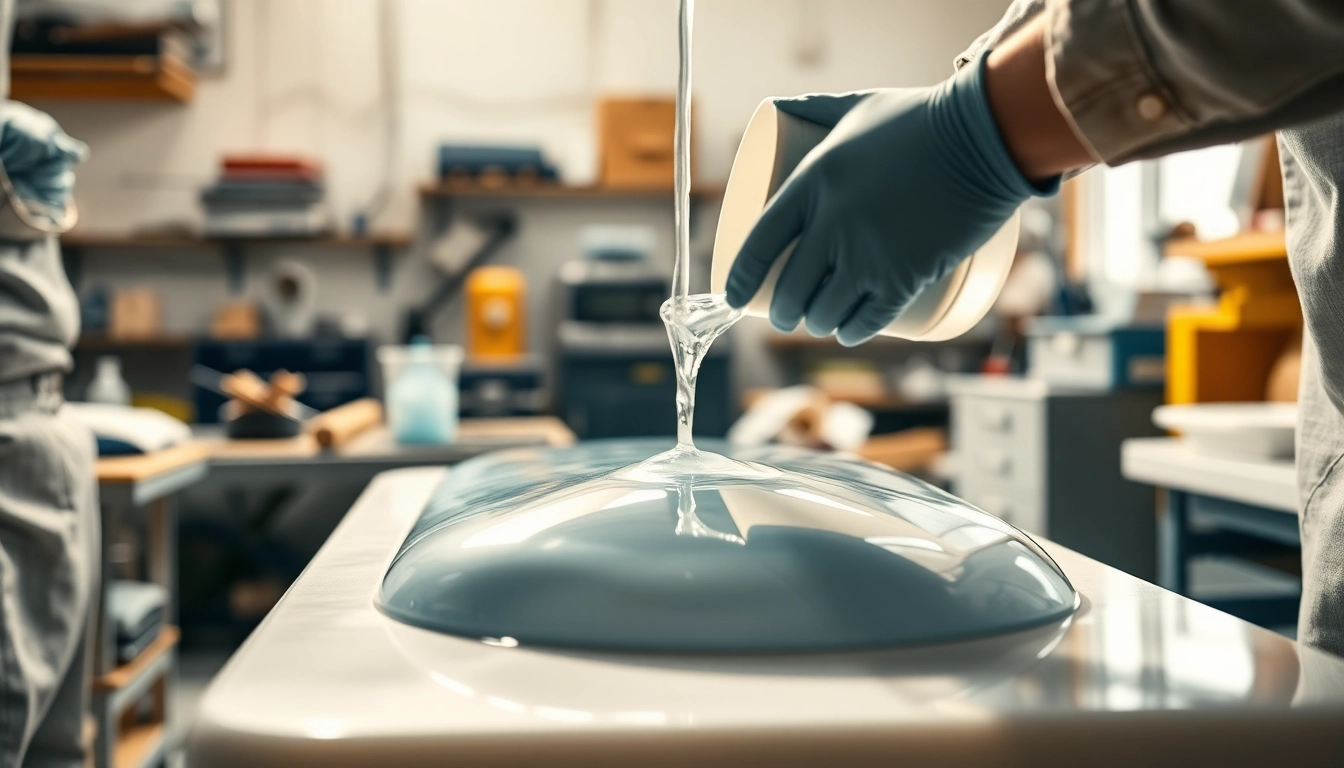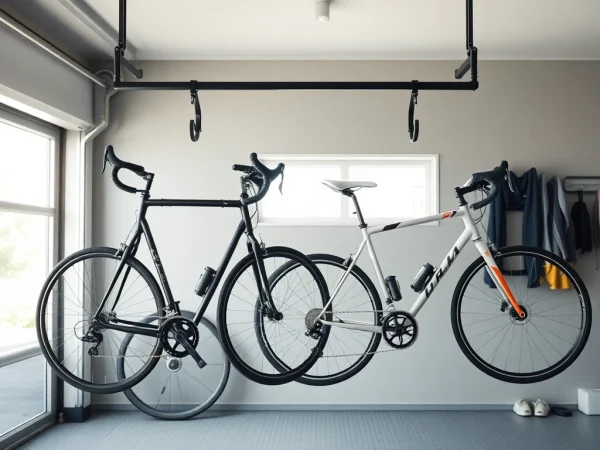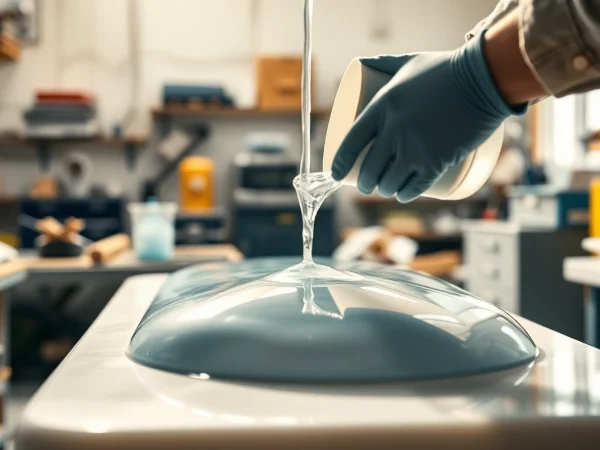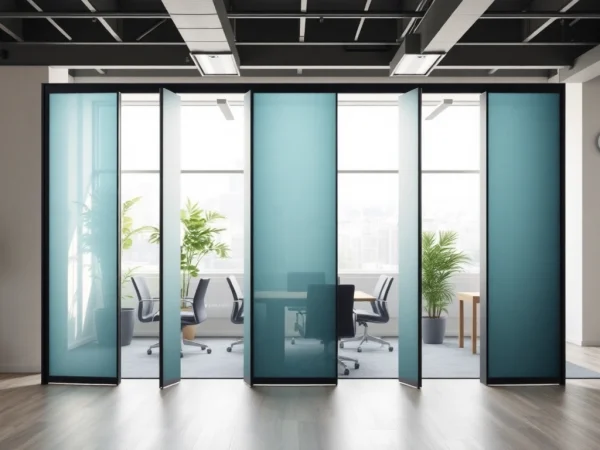Mastering Laminating Resin: Techniques, Applications, and Best Practices
Understanding Laminating Resin
What is Laminating Resin?
Laminating resin is a crucial component in the fabrication of composite materials, particularly in the production of fiberglass structures. This resin serves as a bonding agent, helping to hold the layers of fiberglass or other reinforcing materials together, providing a durable and cohesive end product. Unlike other types of resin, laminating resin is specifically formulated to saturate fabrics and provide superior adhesion, making it ideal for applications where strength and structural integrity are paramount.
Generally, laminating resin is available in two primary types: polyester and epoxy. These products vary in properties such as curing time, strength, and ease of use, affecting their suitability for different projects. When choosing the right laminating resin, it is essential to consider the intended application and the specific requirements of the project at hand.
Types of Laminating Resin
Laminating resins can be categorized into two major types based on the chemical composition: polyester and epoxy resins. Each type possesses unique characteristics that cater to different needs in composite manufacturing.
- Polyester Laminating Resin: Commonly used in marine applications, polyester laminating resin is favored for its affordability and ease of use. This resin is known for its quick curing times and is predominantly applied in boat building and other marine crafts.
- Epoxy Laminating Resin: Epoxy resins, while typically more expensive, offer enhanced durability and chemical resistance compared to their polyester counterparts. They bond exceptionally well to various substrates and are commonly used in high-performance applications, such as aerospace and automotive industries, where enhanced strength is essential.
Common Applications of Laminating Resin
Laminating resins are versatile and find application across various industries, including but not limited to:
- Marine Industry: Used extensively in constructing boats, canoes, and other watercraft, ensuring structural durability and reliability.
- Aerospace and Automotive: Employed to create lightweight and high-strength composite structures in aircraft and vehicles.
- Manufacturing of Sporting Goods: Important for creating durable and lightweight items, such as surfboards and bicycles.
- Construction: Utilized in the production of composite building materials, enhancing the strength and longevity of structures.
Benefits of Using Laminating Resin
Structural Integrity and Durability
One of the primary advantages of using laminating resin is the significant enhancement it brings to structural integrity. When properly applied, laminating resin creates strong bond lines that improve overall durability. This makes it ideal for high-stress applications where resistance to impact and fatigue is essential.
Additionally, the chemical properties of laminating resin enable it to withstand harsh environmental conditions, such as moisture and UV exposure, making it a suitable choice for marine applications. The durability of laminating resin leads to longer-lasting components and reduced maintenance costs over time.
Flexibility and Workability
Laminating resins, particularly polyester types, are valued for their workability. They can be easily manipulated and shaped during application, allowing for intricate designs and detailed work on various shapes and surfaces. This flexibility is especially beneficial in artistic and custom applications where aesthetics are as important as functionality.
The extended open time offered by certain laminating resins allows users to adjust their work without the urgency often associated with faster-setting materials, making them ideal for both amateur and professional projects alike.
Aesthetic Finishes with Laminating Resin
Another notable benefit of laminating resin is its ability to achieve beautiful, high-gloss finishes. This aesthetic advantage is crucial in applications where appearance matters, such as in custom surfboards or decorative moldings. The resin can be tinted, pigmented, or coated with additional materials to enhance visual appeal, ensuring a professional-grade finish that captivates and meets the expectations of demanding clients.
Step-by-Step Guide to Using Laminating Resin
Preparing Your Workspace
Before beginning with laminating resin, it is essential to prepare your workspace effectively. Begin by selecting a well-ventilated area to minimize exposure to fumes. Gather all necessary tools and materials, including mixing containers, brushes, rollers, protective gear, and the chosen laminating resin. Ensure that the surfaces you will be working on are clean and free of debris to guarantee optimal adhesion.
Mixing and Pouring Techniques
Following the manufacturer’s instructions, mix the laminating resin and hardener in the specified ratios. Stir the mixture thoroughly until it achieves a uniform consistency. During the application phase, pour the resin onto the fiberglass or surface to be laminated, using a brush or roller to spread it evenly. Be sure to work quickly, especially with faster-curing resins, to ensure all areas are adequately saturated before the resin hardens.
Curing and Finishing Processes
After applying the laminating resin, allow it to cure as per the manufacturer’s guidelines. Curing times may vary based on environmental conditions, type of resin, and amount applied. It’s crucial to avoid disturbing the laminate during this phase to prevent imperfections. Once cured, any rough spots or excess resin can be sanded down to achieve a smooth finish, after which additional coatings or finishes can be applied as desired.
Common Challenges with Laminating Resin
Dealing with Air Bubbles
Air bubbles can be a common occurrence during the application of laminating resin, impacting the aesthetics and structural integrity of the final product. To minimize this issue, ensure proper mixing techniques and avoid trapping air during the application. Using a vacuum chamber before pouring or tapping the surface lightly to release trapped air bubbles can be effective as well.
Understanding Cure Times and Conditions
Each type of laminating resin comes with its unique curing time and environmental condition requirements. Warm and humid conditions can accelerate curing times, while cold and damp environments can extend them. Understanding these variables will help in planning the application and knowing when the project will be ready for the next stages.
Handling and Safety Precautions
When working with laminating resins, it is vital to prioritize safety. Always wear appropriate personal protective equipment (PPE), including gloves and masks, to avoid skin irritation and inhaling harmful fumes. Ensure that your workspace is well ventilated and free of flammable materials to mitigate risks during mixing and curing.
Enhancing Results with Laminating Resin
Choosing the Right Resin for Your Project
Selecting the appropriate laminating resin is key to achieving desirable results. Factors such as desired application, curing speed, exposure conditions, and budget should influence your choice. For instance, if embarking on a marine project that requires durability under UV exposure, an epoxy resin may be preferred despite the higher cost.
Combining Laminating Resin with Other Materials
Combining laminating resin with other reinforcing materials, such as fiberglass cloth or carbon fiber, can significantly enhance the performance characteristics of the final product. Understanding the properties of each component will allow you to tailor your materials for the specific needs of your project, optimizing strength, weight, and flexibility.
Tips for Achieving a Professional Finish
Achieving a professional finish with laminating resin requires attention to detail and adherence to best practices. Always ensure cleanliness and proper preparation of all surfaces, mix resins thoroughly, and apply in controlled conditions to minimize imperfections. Employing sanding and polishing techniques can improve the surface finish, making the final product aesthetically appealing and functional.










